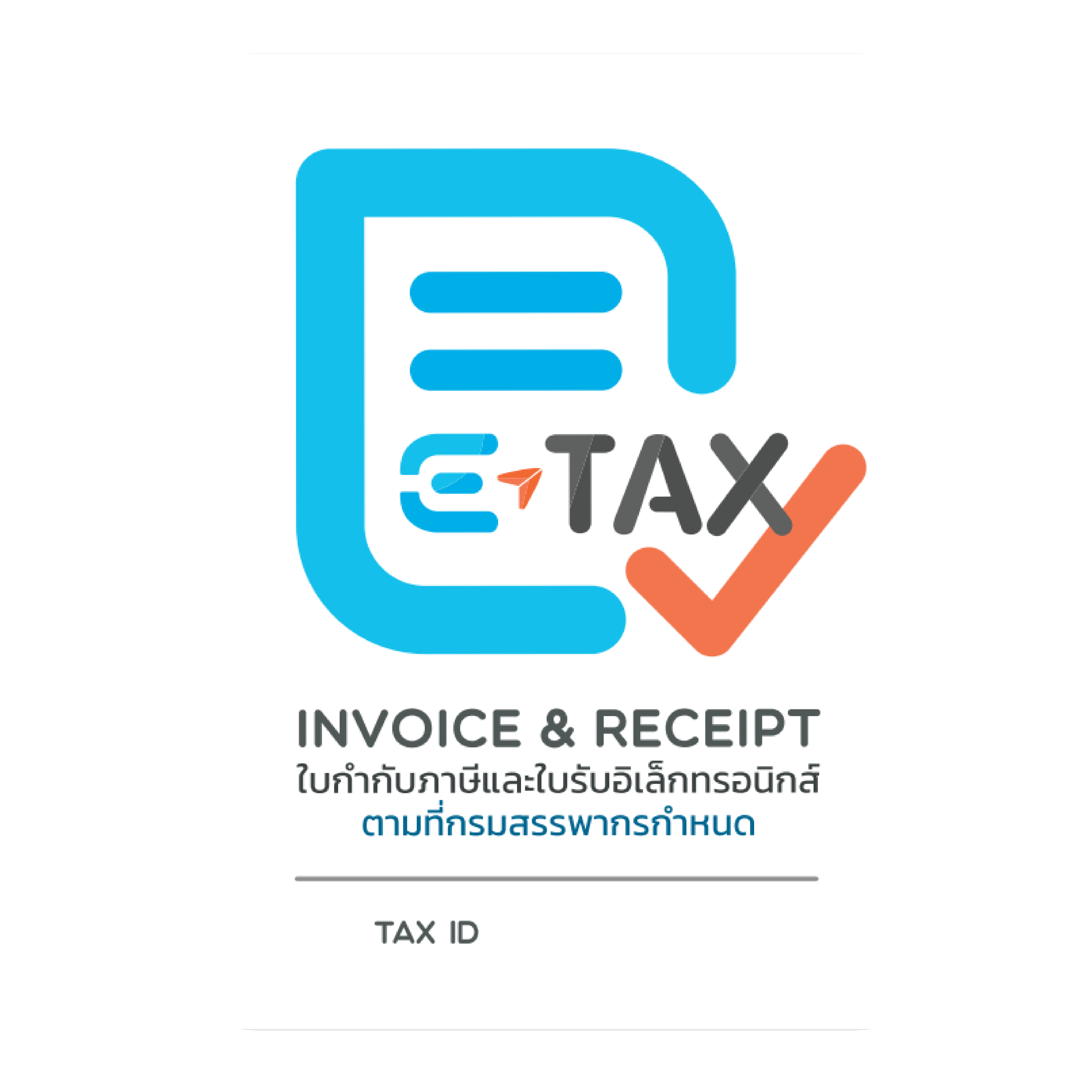
The Importance of Auditor to communicate with Those Charged with Governance 2568
Most people perceive audit work as a task carried out in a room surrounded by piles of documents, without the need to communicate with others. However, in reality, auditors must place great importance on communicating with those charged with governance of the company. This communication is essential to convey the auditor’s responsibilities in auditing the financial statements, to provide an overview of the planned scope and timing of the audit, to obtain relevant information for the audit, and to share significant audit observations. It also includes discussions on the financial reporting process and fostering effective two-way communication between the auditor and those charged with governance
“Who Are “Those Charged with Governance”?”
Those charged with governance refer to individuals or groups, organizations or entities that are responsible for overseeing the strategic direction of the entity and bear accountability related to the reliability of the organization. This includes overseeing the financial reporting process and may also encompass individuals who hold management responsibilities.
Typically, governance structures may vary between countries and entities, reflecting fundamental differences in culture, legal systems, the size of the organization, and ownership characteristics. For example, some entities may establish governance boards that are either integrated with or separate from executive boards as required by law. In some countries, a single board or a joint board may be legally responsible for both governance and management functions.
What Are the Key Matters Auditors Need to Communicate?
|
Matters to Communicate |
Details |
|
1. Auditor’s Responsibilities Related to the Audit of Financial Statements |
- Responsibility to express an opinion on the financial statements prepared by management of the entity under the oversight of those charged with governance.
- The audit of financial statements does not relieve management and those charged with governance of their responsibilities. |
|
2. Planned Scope and Timing of the Audit |
- Communicate the planned scope and timing of the audit to help those charged with governance better understand the auditor’s work, including discussions on risk areas and the auditor’s materiality concepts. - Communicate significant risks identified by the auditor to those charged with governance to ensure understanding of those risks and the rationale for their designation as significant risks. |
|
3. Significant Findings from the Audit |
- Communicate the auditor’s opinions regarding significant qualitative aspects of the entity’s accounting practices, including accounting policies, accounting estimates, and disclosures in the financial statements. - Significant difficulties encountered during the audit. - Significant matters (if any) arising from the audit that have been discussed or are to be discussed with management. - Situations affecting the auditor’s report form and content (if any). - Other significant matters arising from the audit that the auditor, exercising professional judgment, considers relevant to the governance of the financial reporting process. |
|
4. Auditor’s Independence |
For entities listed on the stock exchange, the auditor shall communicate with those charged with governance on the following: - A statement that the audit engagement team, other audit firm personnel (as appropriate), the audit firm, and network firms (if applicable) have complied with relevant ethical requirements regarding independence. |
|
5. Communication of Internal Control Deficiencies |
- Communicate significant internal control deficiencies identified during the audit in writing to those charged with governance, unless it is inappropriate to communicate directly to management. - Communicate other internal control deficiencies discovered during the audit, which have not been communicated by others to management, and which the auditor, exercising professional judgment, considers significant enough to merit management’s attention. - The auditor shall communicate in writing significant internal control deficiencies, including descriptions of the deficiencies, potential consequences, and sufficient information for those charged with governance and management to understand the communication. |
Communication Process with Those Charged with Governance and Documentation
1. Establishing the Communication Process
The auditor shall consider clear communication of the auditor’s responsibilities, the planned scope and timing of the audit, and general matters expected to support an effective two-way communication foundation.
2. Form of Communication
The auditor shall communicate significant matters identified during the audit in writing (not all matters require written communication) and matters related to auditor’s independence.
3. Timing of Communication
The auditor shall communicate timely throughout the audit regarding discussed matters, ensuring detailed conversations on each matter and other factors relevant to determining communication timing.
4. Adequacy of the Communication Process
The auditor shall evaluate whether two-way communication is sufficient for audit purposes. (If insufficient, the auditor shall assess the impact (if any) on the risk assessment of material misstatement and the ability to obtain appropriate audit evidence and take appropriate action.)
5. Audit Documentation
Audit documentation should include evidence of oral communications, which may include copies of audit committee meeting minutes prepared by the entity and summaries stored as part of the audit documentation if these minutes adequately record the communication.
References:
• Auditing Standard No. 260 (Revised)
• Auditing Standard No. 265
Author : Mr. Nattapol Klinchai
Dharmniti Auditing Co., Ltd.


